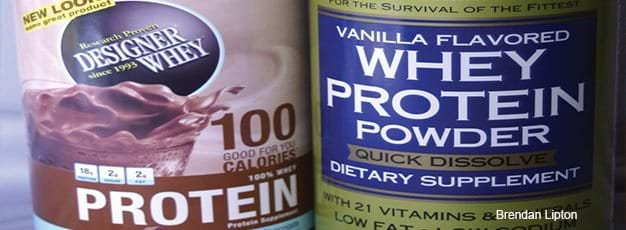Whey, Once a Marginal Byproduct, Comes Into Its Own

Whey, a natural byproduct of cheese production, was once discarded or used as animal feed. Recently, however, it has been “discovered” by traders and food processors for its high protein content and other properties as a food additive. As a result, the price of whey, which fluctuated between 14 and 34 cents per pound from 1999 to mid-2006, reached an all-time high of 78 cents in April 2007, before falling to 43 cents in November 2007. In addition to benefiting from increases in domestic demand due to whey’s versatility as a food ingredient, whey prices have benefited from increased international demand, fueled by higher incomes and production shocks.
Demand for whey started to increase with news of the benefits that the high-quality proteins found in whey provide children, adults, and the elderly. These proteins are reported to strengthen muscular mass, improve cardiovascular and bone health, and help regulate weight. Moreover, whey protein has the highest absorption (digestion) levels when compared with those of meat, soy, and vegetable proteins. Manufacturers often add whey to prepared foods, such as bread, pizza, cereal, liquids, seafood, and snack bars, because of its high protein content.
U.S. exports of whey grew sharply beginning in early 2006 as international buyers discovered these same properties. Asian and North American countries are the biggest consumers of U.S. whey, with Canada, Mexico, China, Japan, and South Korea accounting for around 85 percent of U.S. whey exports. Other factors behind the increased exports are global weather conditions, policy changes overseas, and a cheap U.S. dollar. Traditionally, Australia and the European Union (EU) have been major whey exporters. However, a drought in Australia caused dairy production to decrease, and changes in EU dairy policies resulted in reduced whey exports. A falling U.S. dollar attracted overseas buyers, and exports of dry whey increased around 72 percent from January 2006 to September 2007.
All these factors, combined with people’s inexperience with the whey market, pushed prices to all-time highs. However, the market is now correcting this irregularity. USDA’s forecast suggests that the price will be in the 33- to 36-cent range in 2008, which experts believe may be the equilibrium (supply equals demand) price.
Livestock, Dairy, and Poultry Outlook, USDA, Economic Research Service, October 2007


